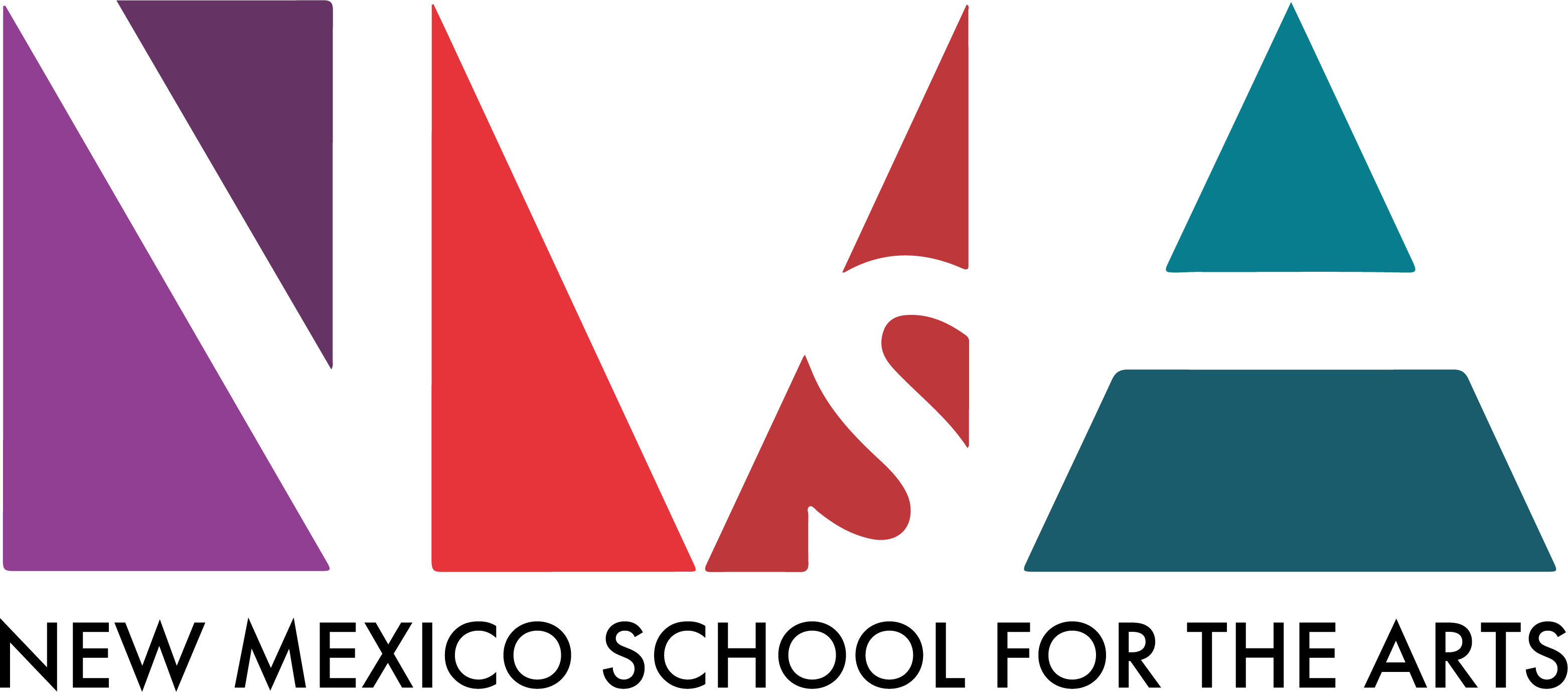About 1,350 Santa Fe Public Schools teachers, principals and non-instructional staff got an additional paycheck this week as part of a legislative-approved “Pay for Performance” pilot project.
The school district announced that virtually all – 99 percent – of the employees who participated in the program got some kind of bonus.
The merit pay checks, on average, amounted to 8 percent of the school employees’ base salaries and ranged in amount from $174 to $10,434.
SFPS received $4.7 million in state dollars for the test-run program – more than half of the $7.2 million being awarded to the 19 school districts and individual charter schools that applied for incentive pay.
District employees had the option to voluntarily opt in or out of the merit pay program, but only 38 of 1,397 (3 percent) of school-based staff opted out.
Asked if the payments could really be considered performance pay if 99 percent of employees were rewarded, Richard Bowman, the district’s chief accountability and strategy officer, said, “Yes, because participants received as little as zero dollars up to over $10,000 based on their individual performance or their group performance.”
He added, “Another way to look at it is the top performers hit 20 different performance indicators or more, while the folks who got the minimum may have been on a team that met just one indicator.”
State Education Secretary Hanna Skandera said in a statement the pilot program was a good way for school districts to reward teachers for their successes.
“Effective teachers and school leaders are the difference makers for our kids, and they deserve to be rewarded and recognized for excellence in student achievement,” she said. “From the beginning of this administration, Governor Martinez and I have been committed to supporting and recognizing effective teachers with higher pay. Every school district now has access to more tools and resources to retain and recruit the best teachers than ever before. Our kids can learn more and achieve more when we place and keep quality educators in every school and every classroom in New Mexico.”
One of those opting out of the performance-pay project was National Education Association-Santa Fe President Grace Mayer, a middle-school teacher who did so as a symbolic gesture.
The teachers union didn’t initially endorse participation in the program due to what were considered inequities and the requirement that teacher performance be based in part on student test scores, something the union has vehemently opposed.
Mayer said the fact that some teachers deal with a higher percentage of students who are English Language Learners, were living in poverty, or where teachers serving in hard-to-fill positions were among the inequities win the program.
“We did go back to the table and tried to negotiate spreading out the money differently,” Mayer said. “Unfortunately, PED insisted that test scores remain a part of it.”
So not to deprive Santa Fe teachers and other employees the opportunity to earn more money, Mayer, while opting out in protest, did encourage everyone else to opt in.
According to SFPS, 896 teachers, 211 paraprofessionals, 50 secretaries, 44 principals and assistant principals, and 158 other staff members chose to participate. Central office administrators and auxiliary staff were not eligible for the program.
Performance measurements were based both on individual and group work, said Bowman.
Teachers earned the incentive pay based on growth in short-cycle Discovery Education Assessment tests administered to students, on NMTEACH standardized performance growth measures and on classroom observations.
Principals were rewarded based on improvements in PED school report card performance and on performance growth on school-wide staff perception surveys.
Overall school performance also figured in as part of the measure for non-instructional staff and administration personnel. Measures included school-wide attendance improvement, improvements on Quality of Education Parent Surveys, Discovery Education growth and improved special education compliance.
Checks in addition to pay raise
The Pay for Performance checks were in addition to an average pay increase of 4 percent negotiated by the local teachers union and the school district for the 2014-15 school year that increased the average teacher salary to $45,000.
Those negotiations also produced an agreement between the National Education Association-Santa Fe and SFPS to apply for the pilot program administered by the Public Education Department. Representatives of the teachers union and district administration worked jointly to develop an incentive pay framework approved by PED.
“As a result of this collaboration with our local teachers union and financial support from PED, we were able to provide a much-needed pay increase for our hardworking school-based employees,” Superintendent Joel Boyd said in a news release, adding that the pay bump was “a meaningful step in the right direction” in the face of fiscal constraints.
Mayer disagreed.
“It’s not a salary increase, and they can’t call it a raise because it’s not reoccurring. It doesn’t help anyone’s real income,” she said. “Maybe they can buy new tires for their car, but merit or incentive pay is not reoccurring and can’t be counted on.”
Mayer said the program has already had a negative effect in Santa Fe. While the amount of the paychecks are supposed to be confidential, word has leaked out about how much some employees received.
“When some are getting huge amounts and others are getting very little, people are disheartened by that,” she said.
While not reoccurring, the state Legislature did approve a $9.2 million appropriation to continue the program during the 2015-16 school year. PED said that 27 school districts and charter schools have applied.
PED said final award figures won’t be available for a few more weeks, but indicated that the Gallup-McKinley County school district will receive about $471,240 through the Pay for Performance program this year. Pojaque Valley schools received the third largest amount, $376,087.
In addition, two charter schools located in Santa Fe were awarded money. State charter school New Mexico School for the Arts received $90,224, and the Academy for Technology and the Classics received $54,400.
Albuquerque Public Schools did not apply for program.
